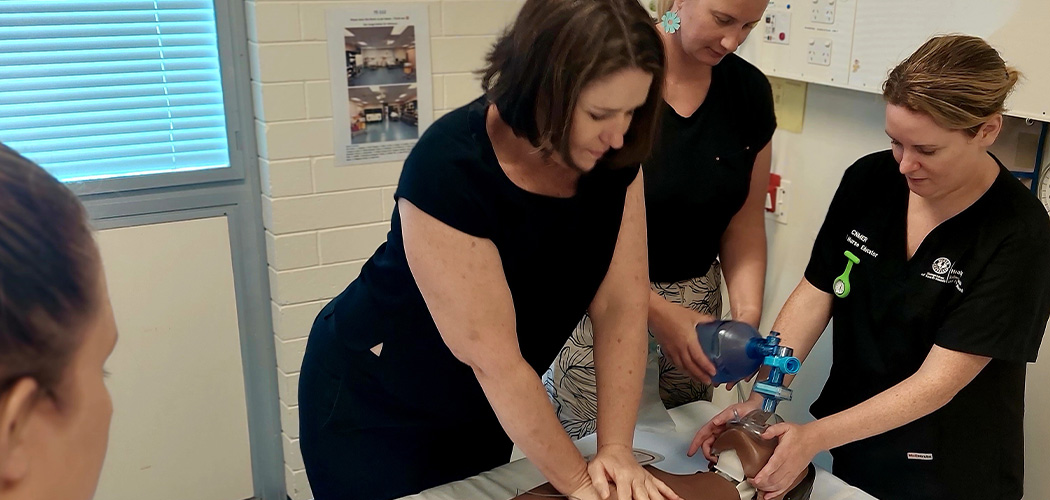Practicing nurses and midwives are required to complete frequent mandatory practical training in accordance with their employer workforce requirements.1
“As a clinician, the thought had crossed my mind that if we QR code for so many things now, why do I need to fill in a paper form every time I attend mandatory training in my organisation?”
Solutions for a critical area of practice development
The Centre for Nursing Midwifery Education & Research (CNMER) in the Southern Adelaide Local Health Network, facilitate mandatory training assessment for >4,700 nurses, midwives and assistant in nursing positions per year.2 Traditionally, participants fill in a paper form with their employment credentials and the assessor would authorise competency by signing the form. The handwritten the data is then entered into the learning management system proceeding the practical session. During peak times of assessment, data entry was significantly delayed and of variable quality with no formal process to follow up data omissions or errors.
Inspired by professional development training at the Australian College of Nursing Mid-Career Nurse Leadership Program, we developed a clinical project that evaluated the transition from paper records to digital forms for improvement on efficiency, quality of data entry and to produce accurate information on the volume of assessments performed.
Outcomes
Electronic data collection through QR coding was trialled and has now replaced paper-based data collection for mandatory training sessions facilitated by our CNMER team.
QR coding has seen a dramatic change in administration efficiency and data accuracy. Nurses and midwives receiving the mandatory training updates appreciate receiving the email confirmation and digital certificate of assessment. Feedback from Nursing and Midwifery Clinical Educators was also very positive.
“As Nurse Educator, I value immediate knowledge of the volume and cohort of staff I have assessed to maintain my recency and consistency in assessment. “
Future Directions
Future directions for nursing and midwifery mandatory training updates in the digital space will be to extend QR codes to ward-based trainers and assessors to save them time in their portfolio duties so they can redirect their time into delivering quality care.
References
1 Southern Adelaide Local Health Network, 2023. SALHN Mandatory Training Schedule – April 2023, Adelaide: SA Health.
2 Southern Adelaide Local Health Network, 2023. SALHN Workforce Dashboard, Adelaide: SA Health.
Author:

Melissa Bright, Bachelor of Nursing, Master of Clinical Nursing, Diploma Vocational Education and Training is a Nurse Educator, Centre for Nursing Midwifery Education & Research Southern Adelaide Local Health Network









One Response
Amazing Work. This has been a game changer in terms of efficiency and measurement of data to inform future practice.